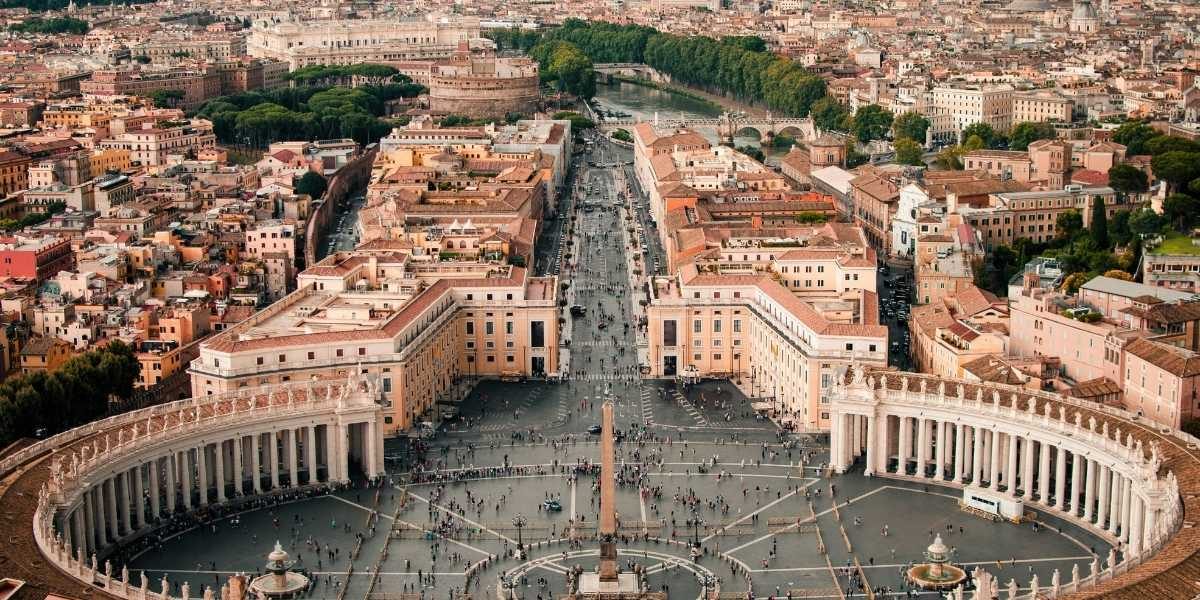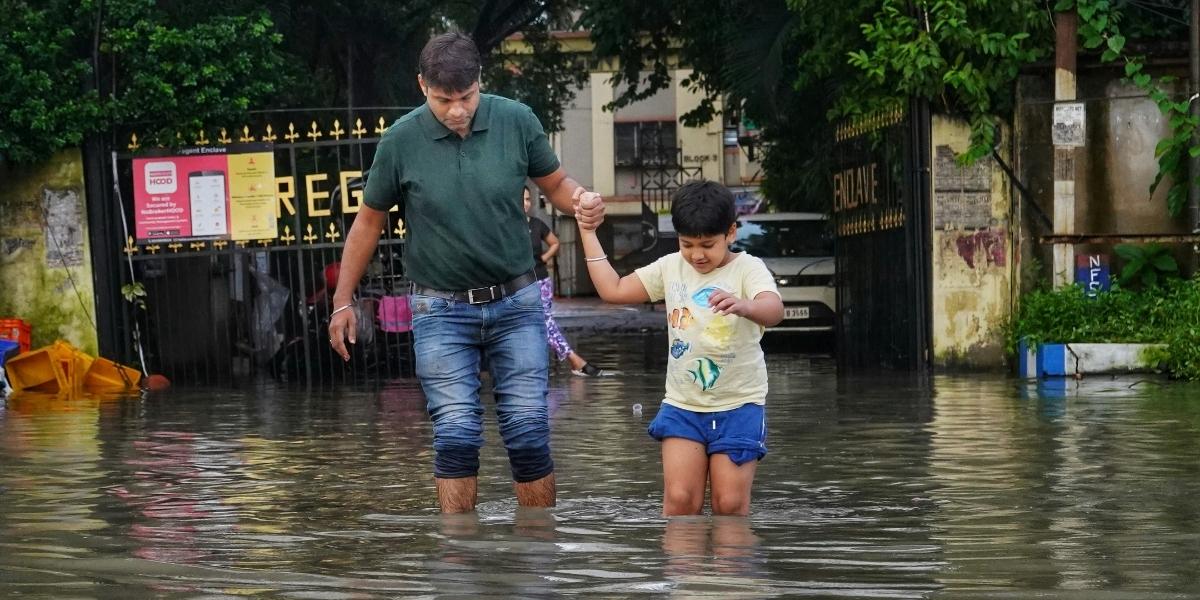What Makes the Vatican and the Pope a Unique Global Power?
When people think of the Vatican and the Pope, they often imagine stained-glass windows, sacred rituals, and papal blessings in St. Peter’s Square. Yet behind the grandeur lies a compelling blend of spiritual authority and political sovereignty. This union, both ancient and evolving, defines their unique position in today’s global landscape.
Read Also: How to Manage Finances as a Small Business Owner
How Did the Vatican and the Pope Become a Sovereign State?
The creation of Vatican City as a sovereign entity was not a coincidence. It was the result of years of tension and negotiation between the Papacy and the Italian state. The Lateran Treaty of 1929, signed by Pope Pius XI and the Italian government, formally recognized Vatican City as an independent state. Nestled within Rome, this tiny landlocked nation spans only about 44 hectares, making it the smallest country in the world.
Within its borders lie the Apostolic Palace, St. Peter’s Basilica, and the Vatican Museums. The Pope, as head of state, presides over a legal system, a police force known as the Gendarmerie, and a unique economy. Revenue streams include museum tickets, philatelic and coin sales, and publications. This income sustains the physical and administrative needs of the city-state, while also supporting global charitable missions.
Why Is the Pope Considered the Successor of Saint Peter?
The authority of the Pope is not drawn from an election alone. It stems from a long line of tradition and doctrine. According to Catholic teaching, Saint Peter, one of Jesus Christ’s closest followers, was chosen as the leader of the early Christian community. The Pope is considered Peter’s spiritual successor, a role passed down through generations.
This line of succession gives the Pope titles such as Supreme Pontiff and Bishop of Rome. The doctrine of papal primacy affirms that he holds a unique place among bishops, while papal infallibility—limited to formal declarations on faith and morals—underscores the sacred nature of his teachings. To over a billion Catholics, he is more than a religious figure; he is a spiritual shepherd and moral guide.
How Do the Vatican and the Pope Balance Religion and Governance?
The distinction between the Holy See and Vatican City often creates confusion. The Holy See refers to the Pope’s spiritual and diplomatic office, governing the Catholic Church worldwide. The Vatican, meanwhile, is the temporal, sovereign territory that supports the spiritual mission.
The Pope governs both realms. He leads not just through theology but also through diplomacy and administration. He sends ambassadors, signs treaties, and addresses global issues. The two realms—church and state—interact constantly. Yet they exist to serve one mission: to spread the Church’s teachings and preserve its integrity.
How Does the Pope Influence the Modern World?
Few leaders hold moral authority like the Pope. Whether addressing climate change, refugee crises, or religious tolerance, his words echo far beyond Rome. Each papal statement is weighed by governments, religious leaders, and everyday citizens alike.
Pope Francis, known for his focus on poverty, compassion, and dialogue, has shifted global conversations. His visits to conflict zones and speeches at international forums reflect his desire to engage with the world, not just lead a church. His voice is often a bridge between secular and spiritual values.
What Happens Behind the Walls of the Vatican?
Within the Vatican are structures that guide the Catholic Church’s every move. The Roman Curia, the Pope’s administrative body, ensures the smooth operation of church affairs. It handles diplomacy, doctrine, and internal governance.
Supporting this system are institutions like the College of Cardinals, who advise the Pope and elect his successor, and Pontifical Councils, which focus on areas like justice, family, and interfaith relations. While many roles are centuries old, their tasks remain deeply relevant.
What Events Shaped the Vatican and the Pope Over Time?
The Papacy wasn’t always confined to a small territory. In earlier centuries, the Pope ruled over the Papal States, a large region in central Italy. These holdings were lost during Italy’s unification in the 19th century, leading to decades of tension known as the “Roman Question.”
The resolution came with the Lateran Treaty, affirming the Pope’s independence. Other key events include the First Vatican Council’s declaration on papal infallibility, and the Second Vatican Council, which modernized the Church’s practices in the 20th century. These moments shaped how the Church operates today.
Read Also: The Powerful Link Between Joy and Immune Health
What Challenges Face the Vatican and the Pope?
Like any institution, the Vatican and the Pope face ongoing challenges. Governance issues, financial transparency, and debates on social teachings often make headlines. Internal reforms, especially under Pope Francis, have aimed to address these matters openly.
The Church also grapples with modern questions—gender roles, secularization, and the digital age. While rooted in tradition, it continues to seek relevance in a changing world. That balance between heritage and innovation remains an ongoing journey.





